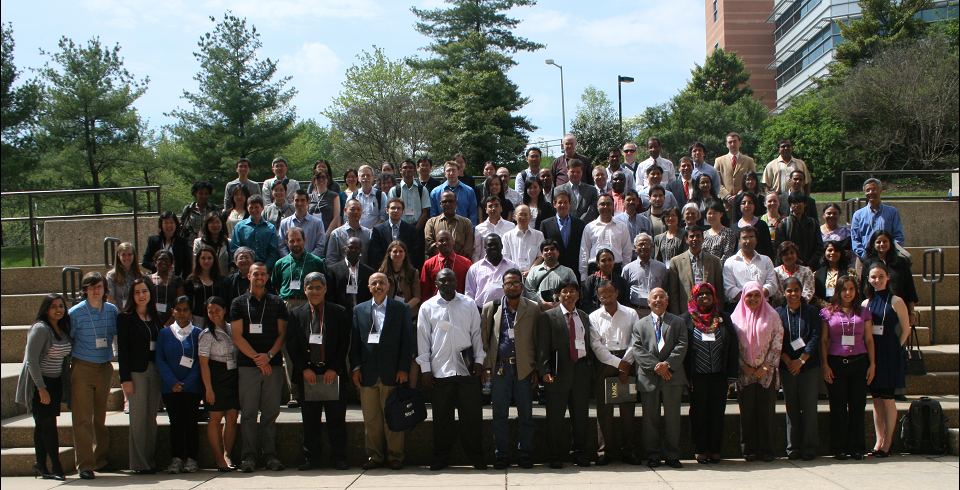


 A special feature of Probability and Statistics Day at UMBC 2013 is that the conference, including the workshop, is open to all statistics graduate students
from UMBC and local universites free of charge; however, REGISTRATION IS REQUIRED! The deadline to register is Friday,
April 12, 2013. // REGISTER NOW
A special feature of Probability and Statistics Day at UMBC 2013 is that the conference, including the workshop, is open to all statistics graduate students
from UMBC and local universites free of charge; however, REGISTRATION IS REQUIRED! The deadline to register is Friday,
April 12, 2013. // REGISTER NOW
For more information, contact any member of the organizing committee:
Bimal Sinha
Conference Chair
443.538.3012
Kofi Adragni
410.455.2406
Yvonne Huang
410.455.2422
Yaakov Malinovsky
410.455.2968
Thomas Mathew
410.455.2418
Nagaraj Neerchal
410.455.2437
DoHwan Park
410.455.2408
Junyong Park
410.455.2407
Anindya Roy
410.455.2435
Elizabeth Stanwyck
410.455.5731

Participant Information
Joshua Sparks
Paper: Phases in the Two-Color Tenable Zero-Balanced Pólya Process
The Pólya process is obtained by embedding the usual (discrete-time) Pólya urn scheme in continuous time. We study the class of tenable Pólya processes of white and blue balls with zero balance (no change in n, the total number of balls, over time). This class includes the (continuous-time) Ehrenfest process and the (continuous-time) Coupon Collector’s process. We look at the composition of the urn at time t_n (dependent on n). We identify a critical phase of t_n at the edges of which phase transitions occur. In the subcritical phase, under proper scaling the number of white balls is concentrated around a constant. In the critical phase, we have sufficient variability for an asymptotic normal distribution to be in effect. In this phase, the influence of the initial conditions is still somewhat pronounced. Beyond the critical phase, the urn is very well mixed with an asymptotic normal distribution, in which all initial conditions wither away. The results are obtained by an analytic approach utilizing partial differential equations.